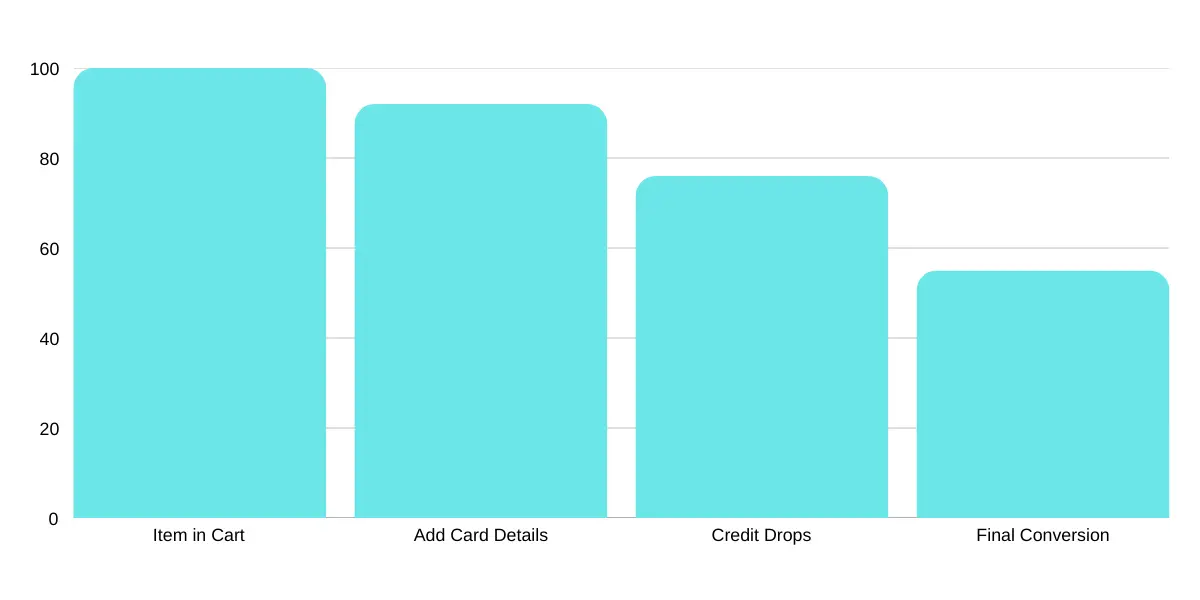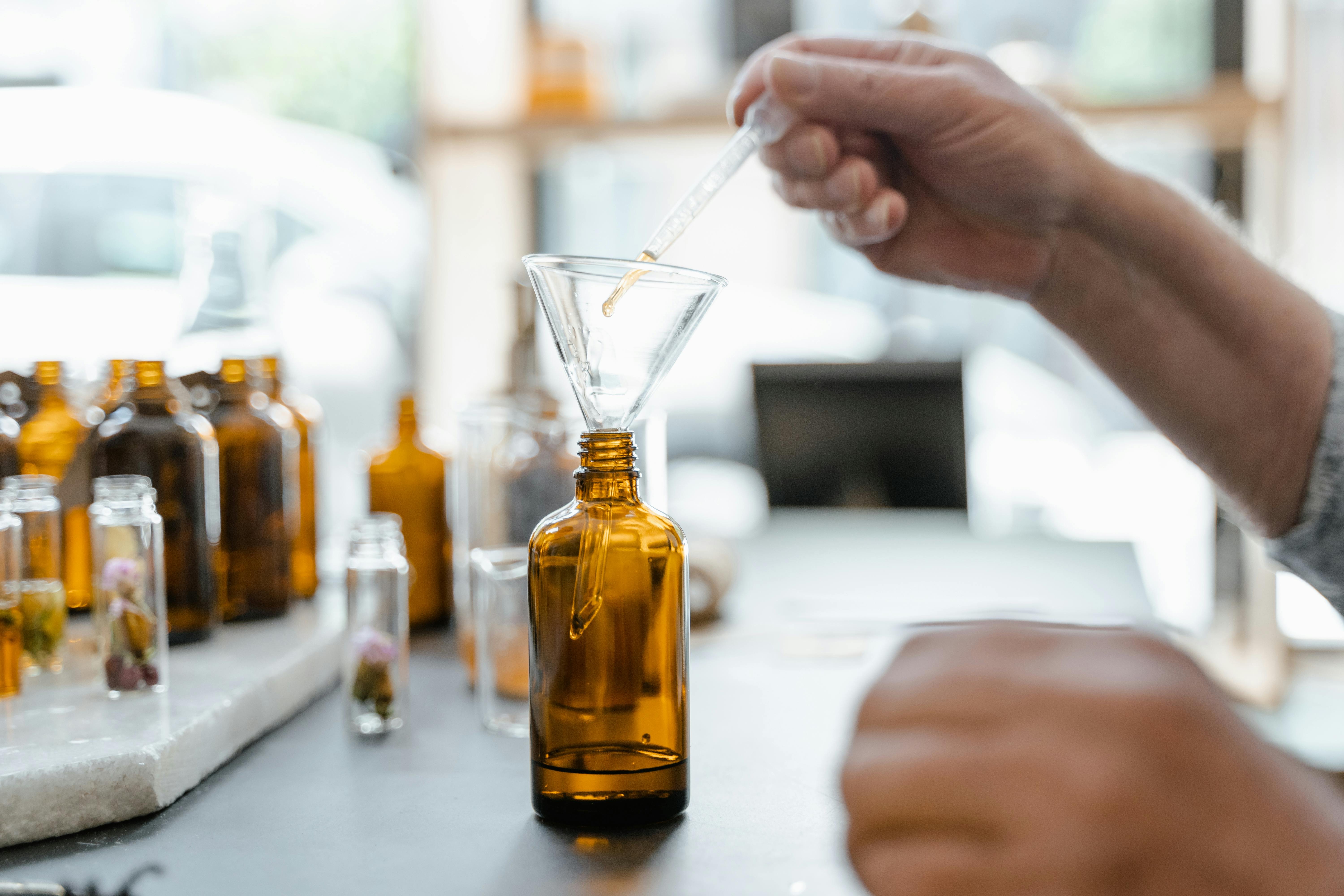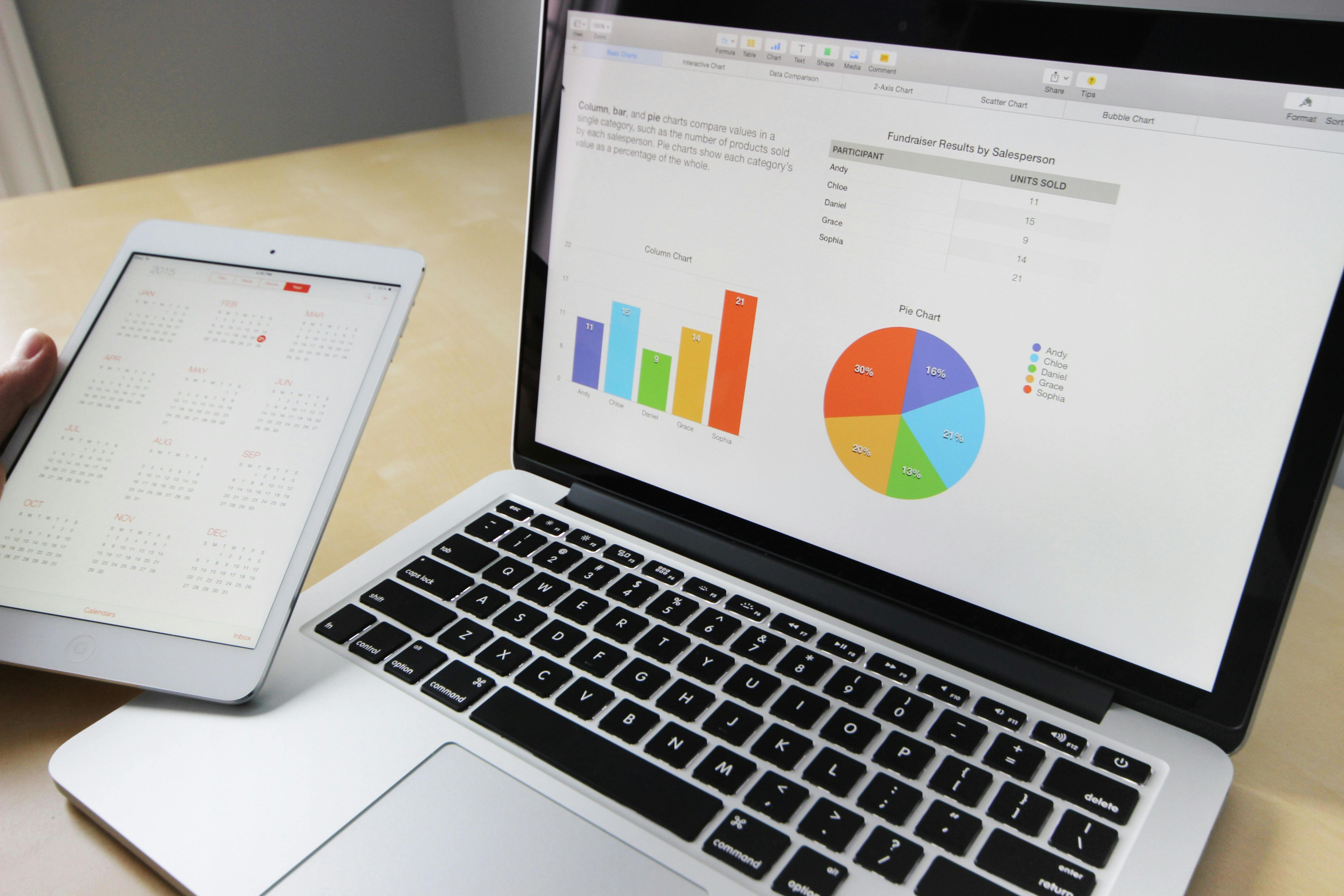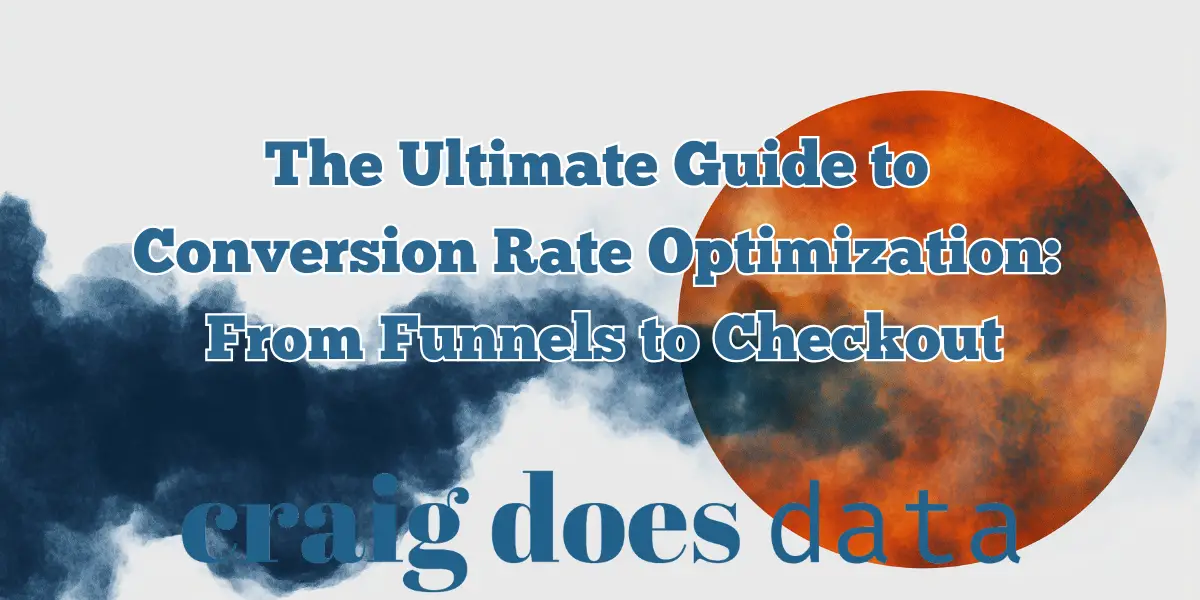The Ultimate Guide to Conversion Rate Optimization: From Funnels to Checkout
Conversion Rate Optimization (CRO) lies at the heart of modern digital marketing, acting as the process through which businesses fine-tune their websites, landing pages, and entire marketing strategies to maximize the percentage of visitors who perform a desired action. Whether you are aiming for newsletter signups, product purchases, or any other measurable goal, CRO ensures you are making the most of every opportunity that lands on your page. In a crowded online marketplace, simply generating traffic is no longer enough—turning that traffic into actionable conversions is what truly drives sustainable business growth.
The goal of this guide is to provide a thorough, step-by-step framework for optimizing your conversion rates across the entire funnel. We will examine how to engage users at the top of the funnel, nurture their interest in the middle, and finally guide them through to the checkout process or the ultimate conversion action. Along the way, we will highlight practical tools and techniques, real-world examples, and actionable insights.
Effective CRO benefits your organization in more ways than one: higher conversion rates directly translate into increased sales, but you also gain improved customer satisfaction, user-friendly website designs, and an overall higher return on investment for your marketing spend. By the time you finish reading, you will be equipped with strategies that not only elevate your marketing performance but also create meaningful, lasting relationships with your customers.
1. Understanding Conversion Rate Optimization

Conversion Rate Optimization (CRO) is a systematic approach to improving the percentage of website visitors who take a desired action—whether that is filling out a form, becoming customers, or joining an email list. Rather than focusing solely on driving more traffic, CRO centers on making the most of the traffic you already have. The foundational idea behind CRO is that small, data-driven tweaks can have a significant impact on your bottom line, provided they are part of a well-thought-out, ongoing process.
In the context of digital marketing, CRO works hand in hand with other disciplines like Search Engine Optimization (SEO), content marketing, and paid advertising. Key metrics in CRO often include the actual conversion rate (the ratio of conversions to total visitors), the average order value (if you are selling products online), and sometimes more nuanced user engagement metrics like the time on page or the number of pages viewed. Beyond these numbers, an essential benchmark is a holistic understanding of the user journey, from the moment someone hears about your brand to the point at which they become a loyal customer.
Central to this process is the concept of a conversion funnel. The funnel typically consists of four key stages: Awareness, Interest, Desire, and Action. Each of these stages represents a milestone in the buyer’s journey:
- Awareness: The stage where potential customers discover your brand or product.
- Interest: Users become curious about your offerings and begin to explore your value proposition.
- Desire: Prospects develop a want or need for your product or service based on your marketing efforts.
- Action: The final step where a visitor completes a conversion, such as making a purchase, signing up, or subscribing.
In the sections that follow, we will break down each stage of the funnel and explore how to optimize it. Remember that true CRO is not a one-and-done initiative—it is an ongoing cycle of testing, learning, and iteration. By understanding the basic tenets of CRO, you establish a foundation for every improvement you plan to implement.
2. Analyzing Your Current Conversion Funnel

Before diving into any optimization strategies, it is critical to understand where your current conversion funnel stands. This foundation allows you to identify strong points and bottlenecks, ensuring that any subsequent changes are driven by real data. The process begins with gathering both quantitative and qualitative insights. Quantitative tools like Google Analytics, Mixpanel, or Adobe Analytics provide metrics such as bounce rates, exit pages, and session durations, helping you pinpoint precisely where users abandon the journey. Meanwhile, qualitative methods—like user surveys, session recordings, and user interviews—offer context around why they might be dropping off.
One effective technique for understanding your existing funnel is to construct a funnel visualization report. Tools such as Google Analytics’ Funnel Visualization or Goals Flow give you a step-by-step view of user progression from, for example, a landing page to a product page, and eventually to the checkout. This visualization reveals where the most significant drop-offs occur, and it can serve as a focal point for your optimization efforts. If you notice that a large percentage of users leave right after the product page, it could indicate product descriptions or price points are not resonating, or that the next step in the funnel is unclear.
Another dimension of analysis is user segmentation. Look at how different segments perform within the funnel. Perhaps new visitors behave differently from returning visitors, or desktop users convert at higher rates compared to mobile users. Identifying these differences can lead to more targeted strategies that address each segment’s unique needs. For example, if mobile conversion rates are significantly lower, you might need to optimize your site’s mobile responsiveness or streamline the checkout process for smaller screens.
Data-driven decisions are paramount in CRO. While intuition and best practices can guide your initial hypotheses, your findings should ultimately be informed by the data you collect. By systematically reviewing analytics and understanding user behavior, you create a strong baseline from which to measure any improvements. Setting clear and measurable goals at this stage—like increasing click-through rates by 20% or reducing cart abandonment by 15%—will help you stay focused and ensure you have a clear benchmark for success.
Remember, the purpose of this funnel analysis is not merely to see which pages have the highest drop-off rates but also to uncover the root causes. By combining quantitative insights with qualitative research, you gain a 360-degree view of user behavior. Only then can you move forward with meaningful changes that will truly impact your conversion rates.
3. Strategies for Optimizing Each Stage of the Funnel

Optimizing the conversion funnel is an iterative process that involves identifying areas of friction and systematically smoothing them out. Each stage—Awareness, Interest, Desire, and Action—has its own set of challenges and opportunities. By tailoring your strategies to address the unique demands of each stage, you create a cohesive user journey that guides your audience from initial contact to final conversion.
Awareness Stage
At the awareness stage, potential customers are just discovering your brand. Your task is to cast a wide but focused net, attracting high-quality leads who are most likely to benefit from your offerings. Common channels for creating awareness include search engine optimization (SEO), social media, and content marketing.
SEO Tactics: Aim to appear in relevant search queries by optimizing your website’s technical infrastructure, improving site speed, and ensuring that your content is valuable to users. Use keyword research to identify terms that potential customers use and ensure these terms appear naturally in your site’s content, meta descriptions, and headings.
Content Marketing: Publish informative and shareable blog posts, videos, or podcasts that address common pain points in your industry. By offering high-value content, you position your brand as a helpful resource. Over time, this authority can translate into better search rankings and strong brand recall.
Social Media Engagement: Whether you focus on LinkedIn, Instagram, Twitter, or TikTok depends on your target demographic. Encourage followers to share and engage with your content by asking questions, running polls, or hosting live sessions. Building an active community around your brand can pay dividends later in the funnel when users recognize and trust you enough to explore your offerings in detail.
Interest Stage
Once you have captured awareness, the next goal is to nurture interest. People who engage with your brand at this point are looking for solutions and evaluating potential options. Your objective is to keep them engaged and convince them to spend more time exploring your product or service.
Targeted Content: If you have a newsletter or a lead magnet, this is the time to deploy it. Segment your audience so that users receive relevant information tailored to their needs and interests. Personalized newsletters or email campaigns that address specific pain points or industries can increase open rates and click-through rates significantly.
Personalized User Experiences: Consider using dynamic website content that adapts based on previous user interactions. For instance, if someone has previously viewed a specific product category on your e-commerce site, highlight similar products or complementary items on their next visit. Personalization fosters a sense of connection and shows that you understand their preferences.
Retargeting Campaigns: Platforms like Facebook Ads or Google Ads allow you to retarget users who have visited your site but not yet converted. By showing them ads related to the products or services they viewed, you remind them of their initial interest. When executed well, retargeting can significantly boost return visits and conversions.
Desire Stage
In the desire stage, users have a clearer understanding of what you offer and are leaning toward making a purchase or taking a specific action. The focus here is on reinforcing the benefits, building trust, and providing compelling reasons to take the next step.
Compelling Offers: Introducing promotional deals, limited-time offers, or unique bundles can push users from interest to desire. Clearly highlight how these offers solve their problem or cater to their needs in a more attractive way than your competitors do.
Testimonials and Reviews: Social proof is powerful. Featuring testimonials from satisfied customers or case studies demonstrating real results can significantly increase users’ confidence. If applicable, user-generated content such as photos, videos, or social media posts that showcase people happily using your product can be extremely persuasive.
Trust Signals: Security badges, industry awards, third-party certifications, and transparent refund policies can alleviate potential apprehensions. If you are in an industry where credibility is paramount—like finance, healthcare, or technology—emphasizing trust signals is even more crucial to converting desire into action.
Action Stage
The action stage is the culmination of the entire funnel, where visitors finally convert. Yet, even here, many potential conversions can be lost due to poor user experience or unclear instructions. Optimizing this stage involves minimizing friction and ensuring the last steps are as straightforward as possible.
Clear Calls-to-Action (CTAs): Make sure your CTA buttons are prominently displayed, use action-oriented language (“Buy Now,” “Sign Up Today,” etc.), and are placed in intuitive locations on the page. If your conversion goal is a form submission, consider implementing single-step forms or progressive profiling to simplify the process.
Simplified Checkout Process: For e-commerce sites, a complicated checkout process is a primary cause of cart abandonment. Offer multiple payment options, ensure the process is mobile-friendly, and consider adding a guest checkout option for first-time purchasers. Each additional form field or registration step can lead to friction and user drop-off.
Confirmation and Follow-Up: After a user completes the desired action, provide a clear confirmation. Reinforce the positive aspects of their decision and suggest logical next steps, like exploring related products or upgrading to a higher-tier plan. A well-executed thank-you page or confirmation email can pave the way for future conversions and ongoing loyalty.
By addressing each stage of the funnel in turn, you create a seamless journey that moves users from casual awareness to a confident, fully realized action. Keep in mind that this process is not static. As your product, market, and customer base evolve, so must your funnel strategies. Periodic reviews and updates are essential to maintain optimal conversion rates and stay ahead of competitors.
4. Improving User Experience

User experience (UX) is the invisible thread that ties all stages of your funnel together. Even the most compelling offers or persuasive testimonials will fall flat if your site is slow, confusing, or visually unappealing. Good UX ensures that users can effortlessly find what they are looking for and feel confident in their decision to convert.
A crucial starting point is website responsiveness. With mobile traffic continuing to rise, it is imperative that your site adapts seamlessly to various screen sizes. Pages should load quickly, navigation should be intuitive, and buttons or links should be easy to tap. Nothing derails a potential conversion faster than a frustrating mobile experience.
Another key element is fast loading times. Studies consistently show a direct correlation between page load speed and user satisfaction. Tools like Google’s PageSpeed Insights or GTmetrix can pinpoint performance bottlenecks, such as unoptimized images or excessive scripts. Compressing images, using browser caching, and minifying CSS or JavaScript files are simple yet effective measures to speed up page loads.
Intuitive navigation is also vital. A clean, structured menu and internal links that guide users to relevant content reduce confusion and keep visitors exploring. Consider employing breadcrumbs, so users always know where they are within your site’s hierarchy. Make sure your most essential content or CTAs are never more than a click or two away.
A/B testing is a powerful method for refining UX elements. By comparing two different versions of a page—one as a control, the other with a single variable changed (such as the color of a CTA button or the placement of an image)—you can see which version performs better. Over time, incremental improvements based on A/B test results can lead to substantial boosts in conversion rates. Remember to only test one variable at a time to ensure the results are clear and actionable.
Additionally, consider the micro-interactions that shape the user experience. These are the small details users encounter when hovering over a button or filling out a form. For instance, implementing inline validation in forms provides immediate feedback if a field is filled out incorrectly, reducing frustration and friction.
Ultimately, a well-crafted UX not only helps your funnel succeed but also enhances your brand reputation. People remember a website that is easy to navigate and pleasant to use, and they are more likely to return or recommend it to others. By continually iterating on design, speed, and usability, you create an environment that naturally encourages conversions and fosters long-term customer loyalty.
5. Leveraging Tools and Technologies for CRO

Technology can serve as a powerful ally in your quest to boost conversions. From analytics platforms that pinpoint user behavior to specialized CRO software that streamlines testing, the modern digital landscape offers a wealth of tools to guide your decision-making. Selecting the right mix for your business depends on budget, specific needs, and technical expertise.
Analytics Platforms: Google Analytics remains a staple for many, offering free yet robust tracking of page views, traffic sources, and conversion paths. For more nuanced insights, tools like Mixpanel and Kissmetrics emphasize event-based tracking and help you understand how users move through key interactions on your site. These platforms can reveal where users struggle or bounce, enabling targeted improvements.
Heatmaps and Session Recordings: Products such as Hotjar or Crazy Egg visualize how users interact with your site, highlighting popular click areas, scrolling behavior, and points of friction. Session recordings even let you watch real user navigation in action. These insights are invaluable for diagnosing issues that might not appear in raw metrics—for instance, noticing that users hover over an image they mistakenly believe to be clickable.
A/B Testing Tools: Platforms like Optimizely or VWO (Visual Website Optimizer) provide structured environments to run split tests. They allow you to quickly modify headlines, images, CTAs, and more, then measure the direct impact of these changes on user behavior. Built-in statistical analysis makes it easier to determine whether your test results are significant enough to implement changes across your entire site.
Staying updated with new technologies and trends is also crucial. Emerging tools integrate AI and machine learning to automate aspects of CRO, such as predictive targeting or personalized content recommendations. While human insight remains essential, these innovations can significantly reduce the time and guesswork involved in identifying and acting on optimization opportunities.
Ultimately, the right combination of tools can supercharge your CRO efforts, but remember that technology is only as effective as the strategy behind it. Define your goals, ask the right questions, and let the data guide you to meaningful, sustainable improvements in your conversion rates.
6. Measuring Success and Iterating

Measurement is at the heart of Conversion Rate Optimization. After you have invested time and resources into optimizing your funnel, it is essential to determine whether your efforts are truly paying off. Key Performance Indicators (KPIs) vary depending on your objectives: e-commerce businesses might focus on revenue and average order value, while a B2B service might prioritize the quantity and quality of leads generated.
One of the most straightforward metrics is your conversion rate—the percentage of visitors who complete a desired action. However, other context-specific metrics can be equally important. For instance, if you run a subscription service, track churn rate to see how many sign-ups remain with you over time. If your goal is user engagement, measure how frequently users return to your site or the time they spend on a crucial product or feature page.
Continuous testing and iteration are vital for ongoing success. A single round of optimizations may yield excellent results, but markets and customer behaviors are always evolving. New competitors emerge, user preferences change, and technology advances. By regularly conducting new A/B tests, you can keep pace with these shifts and maintain an edge in the marketplace. Even small adjustments—like refining a headline or tweaking a product description—can yield noticeable gains over time.
Real-world case studies highlight the power of iteration. Consider an e-commerce store that noticed a high cart-abandonment rate at the shipping options page. By testing different versions of shipping disclosures, simplifying the shipping options, and adding real-time shipping cost calculators, they managed to reduce abandonment by 25%. This improvement did not happen overnight—it was a result of multiple tests and ongoing optimizations.
Documenting your findings is a best practice that often goes overlooked. Keep a log of each test, the hypothesis, the changes made, and the resulting data. This record not only helps you avoid repeating the same experiments but also creates a knowledge base that can benefit new team members or inform future strategies. Over time, these documented lessons become a strategic asset, guiding your organization toward ever-improving conversion rates.
By measuring the right metrics and embracing continual iteration, you turn CRO from a one-time project into an integral part of your organization’s culture. In doing so, you ensure that every design choice, marketing campaign, and content strategy is geared toward guiding more users to complete that all-important final action.
Conclusion
Conversion Rate Optimization is more than a set of tricks or tactics; it is a holistic strategy that weaves together data, user experience, and compelling marketing. From the top of the funnel, where you capture awareness, to the checkout page where that awareness finally transforms into action, each step along the journey offers opportunities for improvement. By understanding and addressing the unique challenges of each funnel stage, you ensure that potential customers not only discover your brand but also develop a genuine desire to engage with it.
The process starts with a thorough analysis of your current funnel—identifying strengths, weaknesses, and missed opportunities. You then customize strategies for awareness, interest, desire, and action, ensuring a consistent, frictionless experience that keeps your audience moving forward. Layer in a commitment to excellent user experience, from fast loading times to seamless navigation, and reinforce your efforts with the right tools and technologies to track progress and gather insights.
Finally, the essence of successful CRO is a willingness to measure, learn, and iterate. No matter how well your site is performing today, there is always room for refinement tomorrow. By embracing a culture of continual testing and data-driven adjustments, you lay the foundation for sustained growth and resilience against ever-changing market conditions. In the end, it is this structured, iterative approach that sets great CRO initiatives apart and drives real, quantifiable results.
What next?
Ready to take your conversion rates to the next level? Start by putting these strategies into action on your own site. Share your experiences, successes, and challenges with CRO—your insights can help others on the same path.
Conversion Rate Optimization is a journey, and every incremental improvement brings you closer to achieving your business goals. Take the first step now, and discover just how powerful a well-optimized funnel can be for driving growth and delivering real value to your audience.

